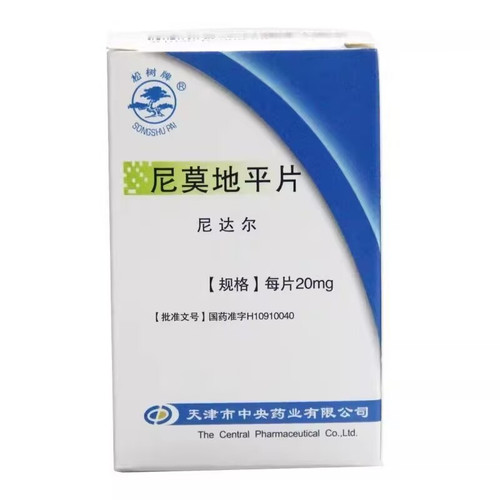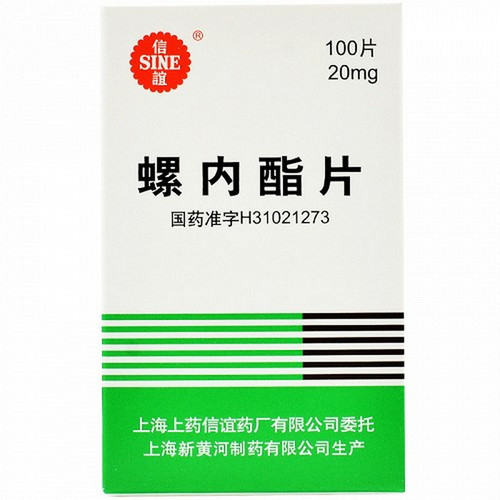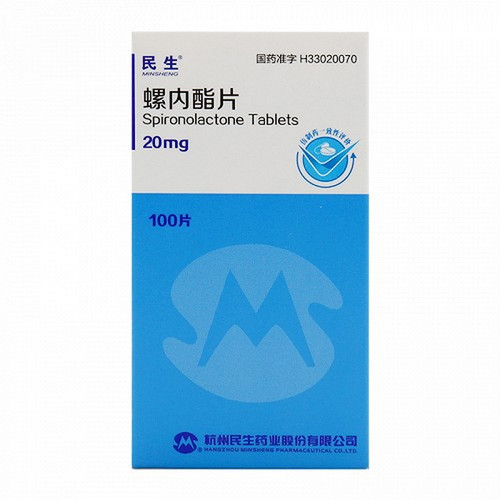Product Overview
[Drug Name]
Trade Name: ZhengDaQingChunBao Nimodipine Tablets 20mg*20 Tablets
Pinyin Code: ZhengDaQingChunBao NiMoDiPingPian 20mg*20 Tablets
[Main Ingredient]
Nimodipine. Its chemical name is: 1-methylethyl-2-methoxyethyl, 1,4-dihydro-2,6-dimethyl-4-(3-nitrophenyl)-3,5-pyridinedicarboxylate
[Properties]
This product is a pale yellow tablet, film-coated tablet, or sugar-coated tablet; after removing the coating, it appears off-white to pale yellow.
[Indications/Main Functions]
Indicated for cerebral vasospasm after subarachnoid hemorrhage of various causes and for improving blood circulation in the recovery period of acute cerebrovascular disease.
[Specifications]
20mg*20 tablets
[Dosage and Administration]
1. Ischemic cerebrovascular disease: Oral. 30-120 mg daily, divided into three doses, for one month. 2. Migraine: Oral. 40 mg three times a day for a 12-week course of treatment. The efficacy rate is 88%, with approximately half of cases achieving near-complete or marked recovery. It can reduce pain intensity, frequency, and duration for vascular, tension, cluster, and mixed headaches, and prevent the onset of premonitory symptoms. 3. Cerebral vasospasm caused by subarachnoid hemorrhage: Oral. 40-60 mg three times a day for a three- to four-week course of treatment. For patients requiring surgery, discontinue the medication on the day of surgery but continue taking it thereafter. 4. Sudden deafness: Oral. 40-60 mg daily, divided into three doses, for a five-day course of treatment, typically three to four courses. 5. Mild to moderate hypertension: This medication is preferred for patients with hypertension and cerebrovascular disease. Oral. Initially, 40 mg three times a day is used, with a maximum daily dose of 0.24 g.
[Adverse Reactions]
A large number of clinical practices have shown that when patients with subarachnoid hemorrhage are treated with nimodipine, about 11.2% of patients experience adverse reactions. The most common adverse reactions are: (1) Decreased blood pressure, the degree of which is related to the drug dose. (2) Hepatitis. (3) Skin irritation. (4) Gastrointestinal bleeding. (5) Thrombocytopenia. (6) Occasionally, transient dizziness, headache, facial flushing, vomiting, gastrointestinal discomfort, etc. In addition, after oral administration of nimodipine, some patients may experience increased alkaline phosphatase (ALP), lactate dehydrogenase (LDH), AKP, increased blood sugar, and increased platelet count in some individuals.
[Contraindications]
Not yet clear
[Drug Interactions]
(1) When used in combination with other calcium ion antagonists that act on the cardiovascular system, it can increase the effectiveness of other calcium ion antagonists. (2) When nimodipine 90 mg/day is used in combination with cimetidine 1000 mg/day for more than one week, the blood concentration of nimodipine may increase by 50%, which may be related to the inhibition of nimodipine metabolism by cimetidine in the liver cytochrome P450.
[Precautions]
1. Use with caution in patients with cerebral edema and increased intracranial pressure. 2. The metabolites of nimodipine have toxic reactions and should be used with caution in patients with impaired liver function. 3. This product may cause a decrease in blood pressure. In patients with hypertension combined with subarachnoid hemorrhage or stroke, attention should be paid to reducing or temporarily stopping antihypertensive drugs, or reducing the dosage of this product. 4. Pseudo-intestinal obstruction may occur, manifested as abdominal distension and decreased bowel sounds. When the above symptoms occur, the dosage should be reduced and observation should be maintained. 5. Avoid concomitant use with beta-blockers or other calcium antagonists.
[Pediatric Use]
Unknown
[Elderly Use]
Unknown
[Overdose]
Unknown
[Pharmacology and Toxicology]
Nimodipine is a Ca2+ channel blocker. Normally, smooth muscle contraction depends on the influx of Ca2+ into the cell, which causes a depolarization of the transmembrane current. Nimodipine effectively blocks Ca2+ entry into the cell, inhibiting smooth muscle contraction and thereby relieving vasospasm. Animal studies have demonstrated that nimodipine's effect on cerebral arteries is significantly stronger than on arteries elsewhere in the body. Due to its high lipophilicity, nimodipine readily crosses the blood-brain barrier. When used to treat subarachnoid hemorrhage, cerebrospinal fluid concentrations can reach 12.5 ng/ml. Therefore, it is clinically useful for preventing vasospasm after subarachnoid hemorrhage. However, its mechanism of action in humans remains unclear. Nimodipine also appears to protect and enhance memory and promote intellectual recovery. Therefore, it can selectively act on cerebral vascular smooth muscle, dilate cerebral blood vessels, increase cerebral blood flow, and significantly reduce ischemic brain damage caused by vasospasm






